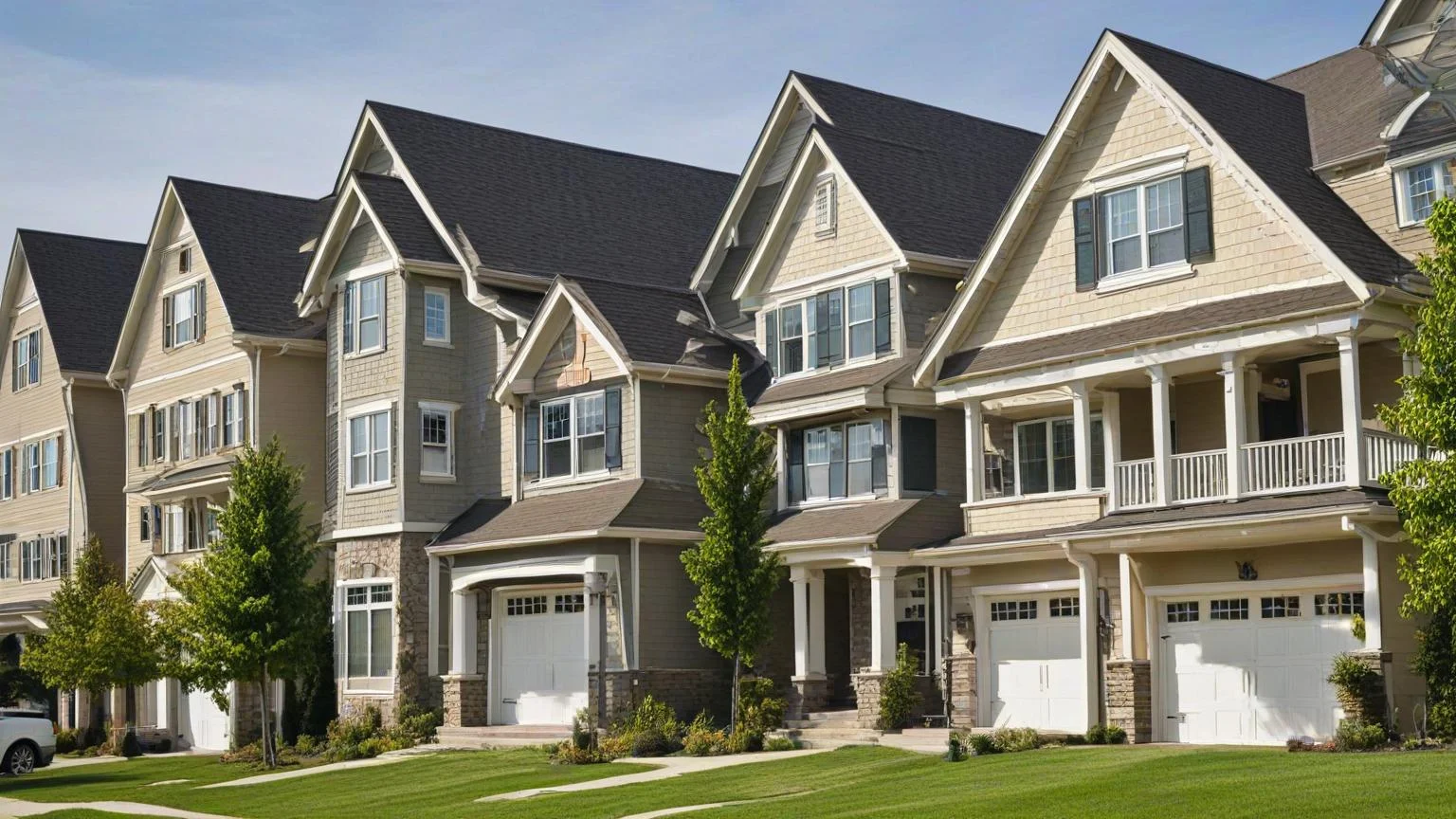Understanding mortgage insurance is crucial for homebuyers navigating the complexities of financing their homes. Mortgage insurance can be a valuable tool for both lenders and borrowers, but it comes with costs and conditions that are important to understand. This guide provides an in-depth exploration of what mortgage insurance entails, how it works, and essential considerations for homeowners.
What is Mortgage Insurance?
Mortgage insurance is a type of insurance policy designed to protect lenders against the risk of borrowers defaulting on their mortgage loans. It is typically required for loans where the borrower makes a down payment of less than 20% of the home’s purchase price. By mitigating the lender’s risk, mortgage insurance enables homebuyers to secure loans with lower down payments, making homeownership more accessible.
Key Concepts:
- Types of Mortgage Insurance: There are two primary types of mortgage insurance: Private Mortgage Insurance (PMI) for conventional loans and Mortgage Insurance Premium (MIP) for loans backed by the Federal Housing Administration (FHA).
- Purpose and Benefits: Mortgage insurance reduces the lender’s risk, thereby encouraging them to offer loans to borrowers who might not have the substantial down payment typically required.
How Much is PMI on a $300,000 Home?
The cost of Private Mortgage Insurance (PMI) varies based on several factors, including the loan-to-value ratio (LTV), the borrower’s credit score, and the specific insurer’s policies. Generally, PMI costs can range from 0.3% to 1.5% of the original loan amount per year.
Calculation Example:
- Loan Amount: $300,000
- Down Payment: If the borrower puts down 10% ($30,000), the loan amount would be $270,000.
- Annual PMI Rate: For this example, let’s assume an annual PMI rate of 0.8%.
Annual PMI Cost Calculation: 0.008×270,000=2,1600.008 \times 270,000 = 2,1600.008×270,000=2,160
Monthly PMI Payment: 2,16012=180\frac{2,160}{12} = 180122,160=180
In this scenario, the borrower would pay approximately $180 per month for PMI. It’s important to note that actual PMI rates and costs can vary based on individual lender requirements and borrower qualifications.
How Does Mortgage Insurance Work?
Mortgage insurance works by providing financial protection to lenders in case the borrower defaults on their mortgage. Here’s how it typically operates:
Coverage and Terms:
- Private Mortgage Insurance (PMI): PMI is required for conventional loans with down payments less than 20%. Borrowers pay monthly premiums, which are added to their mortgage payments.
- Mortgage Insurance Premium (MIP): MIP is required for FHA loans. It includes an upfront premium (UFMIP) paid at closing, as well as an annual premium divided into monthly payments.
Claim Process:
In the event of a borrower default, the lender can file a claim with the mortgage insurance provider. The insurer will then compensate the lender for a portion of the outstanding loan balance, reducing the financial loss for the lender.
How Long Do I Have to Pay PMI on My Mortgage?
The duration of PMI payments depends on several factors, including the loan terms, the original down payment, and the rate at which the borrower builds equity in their home.
PMI Termination:
- Automatic Termination: PMI can be automatically terminated when the loan balance reaches 78% of the original home value, provided the borrower is current on their payments.
- Borrower-Initiated Termination: Borrowers can request PMI cancellation when the loan balance reaches 80% of the original home value. This typically requires a formal request and possibly a new appraisal to confirm the home’s value.
Cancellation Process:
To cancel PMI, the borrower should contact their lender and submit a written request. The lender may require evidence that the loan-to-value ratio has reached the required threshold, which might involve a new appraisal. Once approved, the PMI payments will be removed from the borrower’s monthly mortgage payments.
Who Gets the Money from Mortgage Insurance?

Understanding who benefits from mortgage insurance payments helps clarify its purpose and impact on both lenders and borrowers.
Lender Protections:
The primary beneficiary of mortgage insurance is the lender. In the event of borrower default, the insurance compensates the lender for a portion of the outstanding loan balance, reducing their financial risk.
Impact on Borrowers:
While borrowers pay for the insurance, they do not receive direct financial benefits from it. However, mortgage insurance indirectly benefits borrowers by making it possible to secure a loan with a lower down payment, facilitating homeownership.
Types of Mortgage Insurance

Different mortgage insurance types apply to different loan programs, each with specific requirements, costs, and applicability.
Private Mortgage Insurance (PMI):
- Applicable to Conventional Loans: PMI is required for conventional loans with down payments less than 20%.
- Costs: PMI premiums vary based on the loan amount, down payment, and borrower’s credit score.
Mortgage Insurance Premium (MIP):
- Applicable to FHA Loans: MIP is required for all FHA loans, regardless of the down payment amount.
- Costs: MIP includes an upfront premium (UFMIP) and annual premiums that vary based on the loan term and loan amount.
USDA and VA Loans:
- USDA Loans: Require a guarantee fee, which serves a similar purpose to mortgage insurance.
- VA Loans: Require a funding fee, which provides a similar function but can be waived for disabled veterans.
Pros and Cons of Mortgage Insurance
Evaluating the advantages and disadvantages of mortgage insurance from both lender and borrower perspectives is essential for making informed decisions.
Advantages:
- Lower Down Payments: Mortgage insurance allows borrowers to secure a loan with a lower down payment, making homeownership more accessible.
- Increased Buying Power: Borrowers can purchase homes sooner, without waiting to save for a large down payment.
Disadvantages:
- Additional Costs: Mortgage insurance adds to the overall cost of the loan, increasing monthly payments.
- No Direct Benefit: Borrowers do not receive direct financial benefits from mortgage insurance, as it primarily protects the lender.
Strategies to Avoid or Minimize Mortgage Insurance
Homebuyers can adopt various strategies to reduce or eliminate the need for mortgage insurance, thus lowering their overall mortgage costs.
Higher Down Payments:
- 20% Threshold: By making a down payment of at least 20%, borrowers can avoid the requirement for PMI on conventional loans.
Refinancing:
- Refinance to Remove PMI: Once the borrower has built sufficient equity in their home (typically 20% or more), they can refinance the mortgage to eliminate PMI payments.
Piggyback Loans:
- 80-10-10 Loans: This strategy involves taking out a first mortgage for 80% of the home’s value, a second mortgage for 10%, and making a 10% down payment, thereby avoiding PMI.
Lender-Paid Mortgage Insurance (LPMI):
- Higher Interest Rate: Some lenders offer to pay the PMI in exchange for a slightly higher interest rate on the mortgage. This can be beneficial if the borrower plans to stay in the home for a shorter period.
Regulatory and Market Trends in Mortgage Insurance
Staying informed about recent developments and potential future changes in mortgage insurance regulations and market practices can help borrowers make better decisions.
Recent Developments:
- FHA Loan Limits: Periodic adjustments to FHA loan limits can impact the availability and cost of MIP.
- PMI Premium Reductions: Changes in the housing market and regulatory environment can lead to adjustments in PMI premium rates.
Future Trends:
- Technological Advancements: Innovations in fintech and mortgage processing may streamline the mortgage insurance application and approval processes.
- Regulatory Changes: Potential policy changes could alter the requirements and costs associated with mortgage insurance, affecting both lenders and borrowers.
Conclusion
Mortgage insurance is a crucial component of the home financing process, enabling borrowers to purchase homes with lower down payments while protecting lenders from potential defaults. Understanding the different types of mortgage insurance, how they work, and strategies for minimizing costs can help homebuyers make informed decisions and achieve their homeownership goals. By staying informed about market trends and regulatory changes, borrowers can optimize their mortgage strategies and manage their financial obligations effectively.




